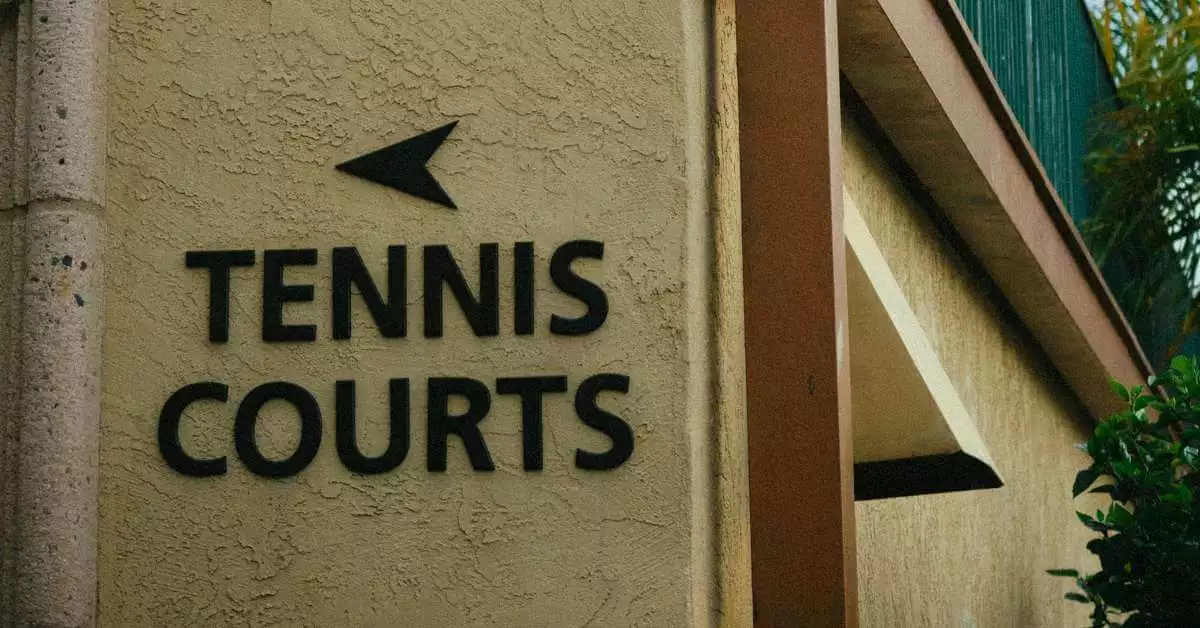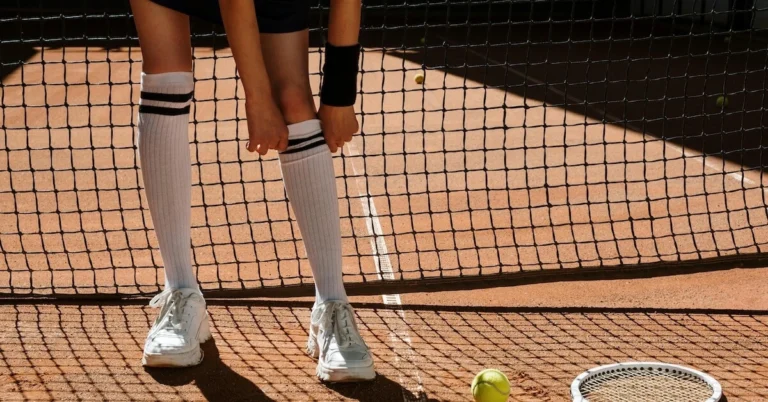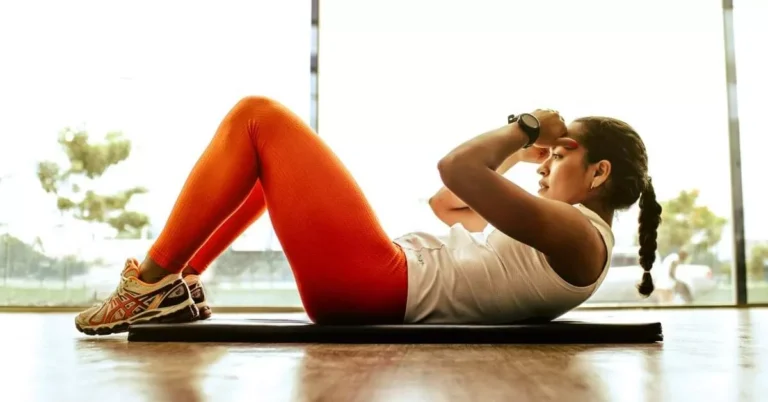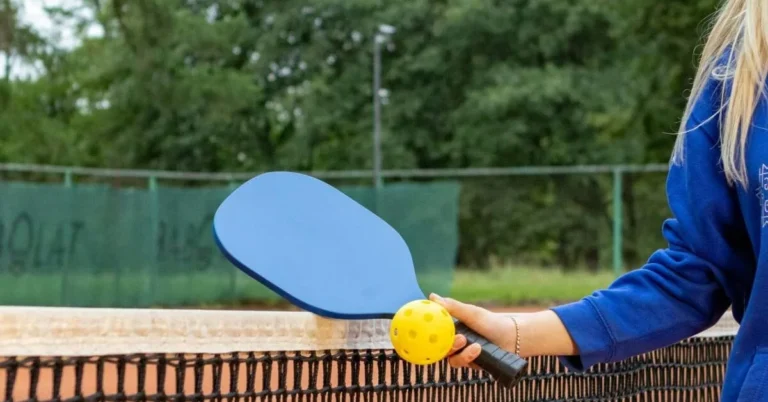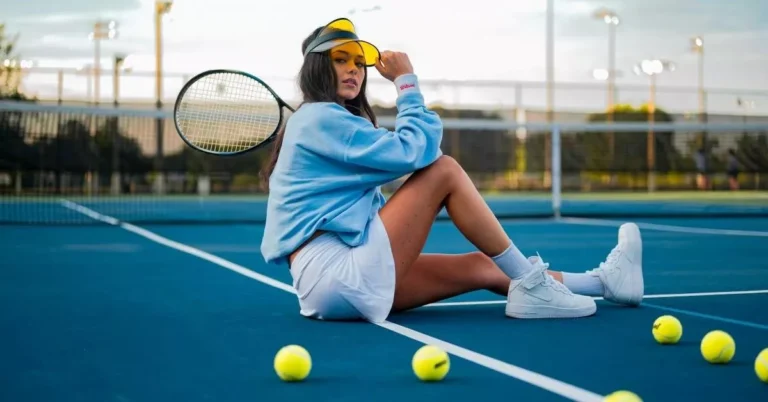Tennis is a popular sport that has been enjoyed by people of all ages for many years. One of the most important aspects of the game is the type of tennis court that is being played on. There are different types of tennis courts, each with their own unique characteristics that can significantly impact the style of play and the strategies employed by players.
Grass tennis courts, for example, are the fastest surface in tennis and allow the ball to generate speed, resulting in a lower bounce that keeps the ball close to the ground. Clay tennis courts, on the other hand, are slower and have a higher bounce, making it easier for players to slide and hit the ball with more spin. Hard tennis courts, which are made of asphalt or concrete, are the most common type of tennis court and offer a medium pace with a consistent bounce. Other types of tennis courts include artificial clay, hybrid clay, artificial grass, carpet, and more.
Understanding the different types of tennis courts is essential for players to adjust their playing style and develop effective strategies. Whether you are a beginner or a professional, having knowledge of the different types of tennis courts will help you to improve your game and increase your chances of winning. In this article, we will explore the different types of tennis courts in detail, including their characteristics, advantages, and disadvantages.
Pro:
✅ best all-rounder ✅ stability ✅ high support
Con:
❌ not the widest
Understanding Tennis Court Surfaces
Tennis is a sport that can be played on various court surfaces, each with its unique characteristics that can impact the game. Understanding the different types of tennis court surfaces can help players and fans appreciate the nuances of the game better.
Types of Tennis Court Surfaces
There are four main types of tennis court surfaces: grass, clay, hard, and carpet. Each surface has its unique features that can impact the speed of the game, ball bounce, and player movement.
Grass Tennis Courts
Grass tennis courts are the fastest type of tennis court surface and provide a low bounce. This surface is preferred by serve-and-volley players who can take advantage of the quick surface to rush the net. The most famous grass court tournament is Wimbledon, held annually in London.
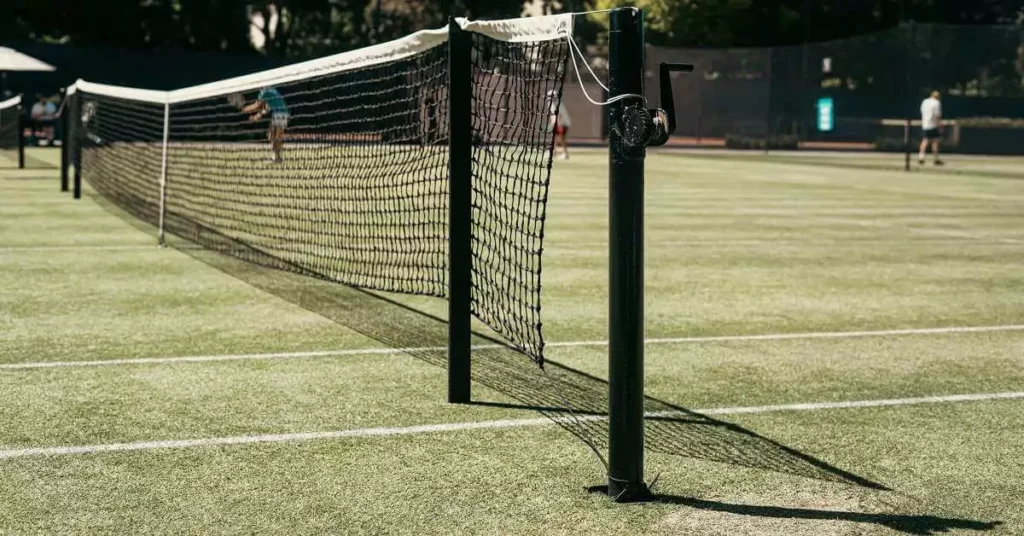
Clay Tennis Courts
Clay tennis courts are made of crushed brick, shale, or stone and are slower than grass tennis courts. The ball bounces higher and slower on clay tennis courts, which can favor baseline players who rely on heavy topspin shots. The French Open, held annually in Paris, is played on clay tennis courts.
Hard Tennis Courts
Hard tennis courts are the most common type of tennis court surface and are made of asphalt or concrete. The ball bounces higher and faster on hard tennis courts than on clay tennis courts, making it a neutral surface that can favor both serve-and-volley and baseline players. The US Open and Australian Open Grand Slam tournaments are played on hard tennis courts.
Carpet Tennis Courts
Carpet tennis courts are the least common type of tennis court surface and are made of either textile or polypropylene. The ball bounces low and fast on carpet tennis courts, making it a fast surface that can favor serve-and-volley players. Carpet tennis courts are no longer used in professional tournaments.
Court Speed
The speed of a tennis court surface can impact the game significantly. A fast court surface like grass favors serve-and-volley players who can take advantage of the low bounce to rush the net and finish points quickly. A slow court surface like clay favors baseline players who can use heavy topspin shots to keep the ball in play and wear down their opponents.
Hard courts are considered a neutral surface since they offer a middle ground between fast and slow surfaces. However, the speed of the court can vary depending on the type of hard court surface. For example, the tennis courts at the Australian Open are faster than those at the US Open.
Grass Courts
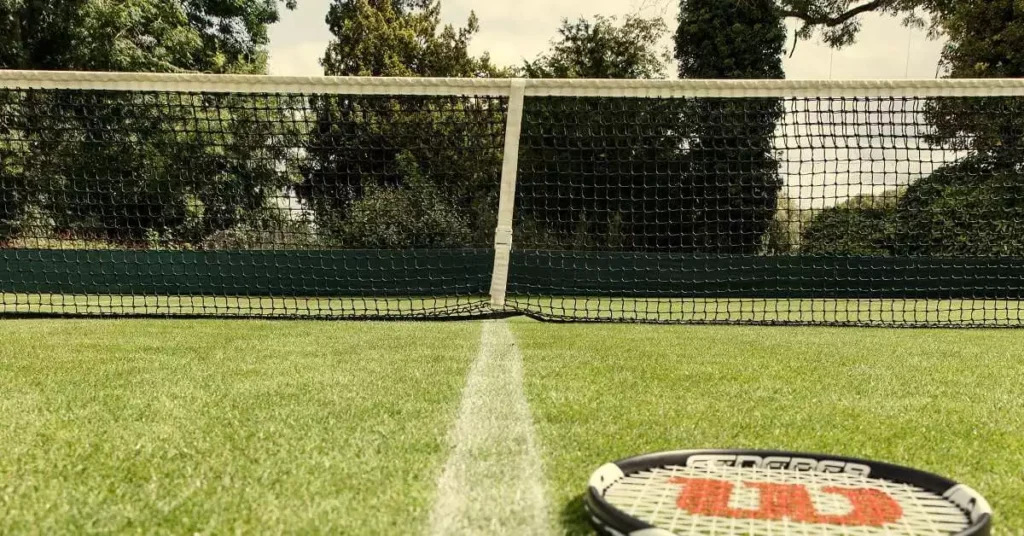
Grass tennis courts are the oldest and most traditional type of tennis court surface. They are known for their fast and slippery nature, which makes them challenging for players. Here are some characteristics of grass courts, famous grass courts, and how they are maintained. If you want to read more about the maintenance in general, I recommend our Tips and Tricks for Tennis Court Maintenance.
Characteristics of Grass Courts
Grass courts are made of natural grass, which is cut to a height of about 8mm. The grass is usually a mix of rye, fescue, and bent grass. These grasses provide a soft surface that allows the ball to skid and bounce low, making it difficult for players to return shots. The ball also tends to retain most of its speed, rarely rising above knee height. This makes grass courts ideal for big servers who can hit the ball hard and fast.
Famous Grass Courts
The most famous grass court in the world is the Centre Court at Wimbledon. This court has been the home of the Wimbledon Championships since 1877. It is known for its strict dress code, which requires players to wear all-white outfits. The court is also known for its sunken bowl shape, which allows spectators to have a clear view of the action.
Another famous grass court is the Halle Open in Germany, which is played on natural grass. This tournament is known for attracting top players like Roger Federer, who has won the tournament ten times. The grass court at Halle is considered to be one of the best in the world, with a surface that is fast and consistent.
Maintenance of Grass Courts
Maintaining a grass court is a challenging task that requires a lot of care and attention. The grass needs to be watered regularly to keep it healthy and green. It also needs to be cut to the right height and rolled to ensure a consistent surface. The white lines on the court are painted using a special type of paint that is resistant to wear and tear.
Grass courts are also sensitive to weather conditions. If it is too hot and dry, the grass can become brittle and dry, making it difficult to play on. If it is too wet, the grass can become slippery, making it dangerous for players.
Hard Courts
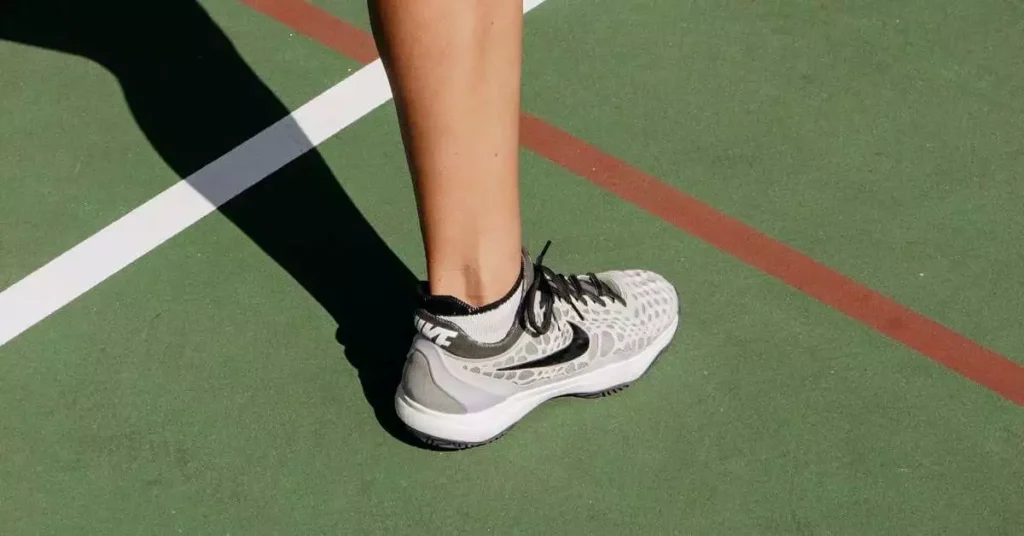
Hard tennis courts are one of the three primary types of tennis courts. They are made of concrete or asphalt, with an acrylic layer surface. Hard courts are the most common type of tennis court in the United States and are known for their consistency and durability.
Characteristics of Hard Courts
Hard courts are generally considered to be medium-paced courts, falling between the fast grass courts and the slow clay courts. The ball bounces relatively fast on a hard court, making it a good surface for aggressive players who like to hit the ball hard and fast. Hard courts are also known for being relatively bouncy, which can make it difficult for players who rely on a low bounce to execute their shots.
Famous Hard Courts
Some of the most famous hard courts in the world include the Australian Open and the US Open. The Australian Open is played on a hardcourt surface called Plexicushion, which is a cushioned acrylic surface that is designed to reduce the impact on players’ joints. The US Open is played on DecoTurf, which is an acrylic surface that is known for its consistency and durability.
Another famous hard court is the court used for the ATP Finals, which is played on a hardcourt surface called indoor hard court. This surface is designed to provide a consistent and fast playing surface, even in indoor conditions.
Maintenance of Hard Courts
Maintaining a hard court involves regular cleaning and resurfacing. Hard courts can be affected by extreme heat and cold, which can cause cracks in the surface. To prevent this, hard courts are often coated with a layer of acrylic that helps to protect the surface from the elements.
Regular cleaning of the court is also important to prevent the buildup of dirt and debris, which can affect the bounce of the ball and make it more difficult to play on. In addition, regular resurfacing of the court is necessary to maintain the consistency and speed of the playing surface.
Clay Courts
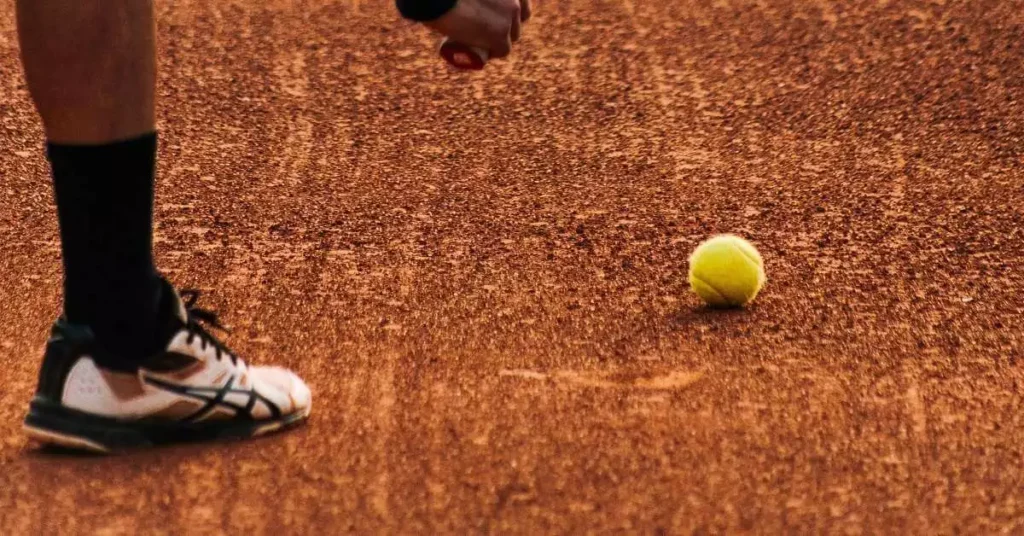
Clay tennis courts are known for their slow surface, high bounce, and ability to produce spin. They are composed of unbound material, such as crushed brick, stone, shale, or other natural materials. The most common colors for clay courts are green and red, but there are other variations as well.
Characteristics of Clay Courts
Clay courts are known for their high bounce and slow surface, which makes them ideal for players who like to take their time and hit with spin. The surface is also forgiving on players’ joints, making it a popular choice for players who suffer from joint pain. The high bounce of the ball on clay courts allows players to hit the ball higher over the net, which can make it more difficult for their opponents to return.
Clay courts are particularly popular in Europe and South America, where they are often the surface of choice for professional tournaments. The French Open, for example, is played on clay courts at Roland Garros in Paris.
Famous Clay Courts
Roland Garros is one of the most famous clay courts in the world. It is the site of the French Open, which is one of the four Grand Slam tournaments. Other famous clay courts include the Monte Carlo Country Club, the Foro Italico in Rome, and the Barcelona Open.
Maintenance of Clay Courts
Clay courts require a lot of maintenance to keep them in good condition. They need to be brushed regularly to keep the surface level and to prevent the buildup of moisture. They also need to be watered regularly to prevent cracking and to keep the surface from becoming too hard.
If it rains during a match on a clay court, the surface can become slippery and dangerous. In this case, the match will usually be suspended until the court has dried out.
Carpet Courts
Carpet tennis courts are a type of tennis court that are made of synthetic materials. They provide a fast pace and low bounce, similar to grass courts. Carpet courts are often used for indoor tournaments and have been banned from professional play since 2009.
Characteristics of Carpet Courts
Carpet courts are known for their speed, which makes them ideal for serve and volley players. The ball bounces low and fast on carpet courts, making it difficult for players to get into position to return shots. The surface of carpet courts is flat and uniform, which allows for consistent ball bounces. Carpet courts are available in a variety of colors, including blue, green, and red.
Famous Carpet Courts
One of the most famous carpet courts is the O2 Arena in London, which hosts the ATP World Tour Finals. The O2 Arena is a unique venue because it is an indoor court with a capacity of over 17,000 spectators. Another famous carpet court is the Palais des Sports in Paris, which hosted the Paris Masters until 1986.
Maintenance of Carpet Courts
Carpet courts require regular maintenance to ensure that they remain in good condition. The surface of the court should be cleaned regularly to remove dirt and debris. Carpet courts can be damaged by excessive moisture, so it is important to keep the court dry. The surface of the court should be inspected regularly for signs of wear and tear, and any damage should be repaired promptly.
Carpet courts are a unique type of tennis court that offer a fast pace and low bounce. While they are no longer used in professional tour events, they remain a popular choice for indoor courts. With regular maintenance, carpet courts can provide a consistent and reliable playing surface for years to come.
Other Tennis Court Surfaces
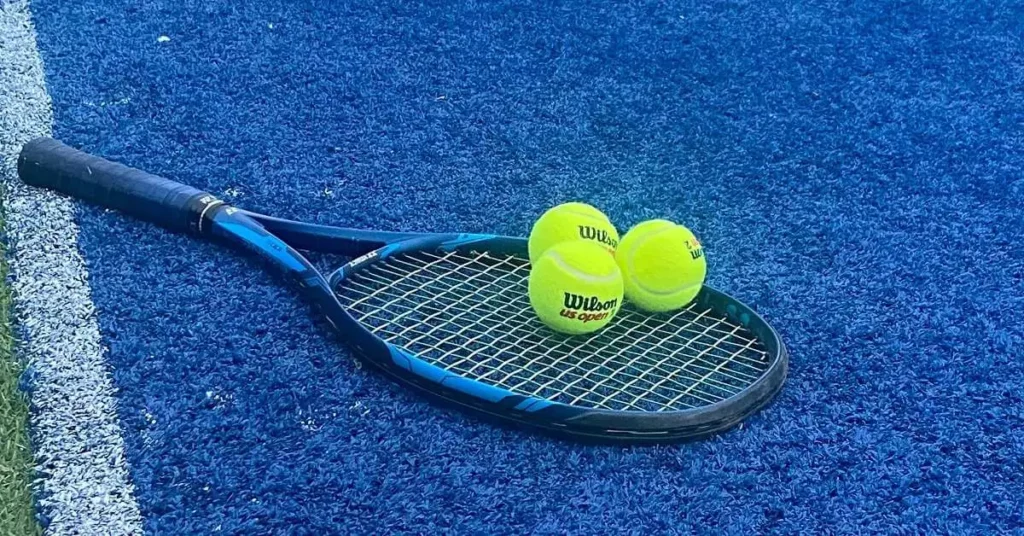
Characteristics of Other Surfaces
Apart from the three main types of tennis court surfaces, there are several other surfaces that are used for tennis courts. These surfaces include other, synthetic, artificial clay, hybrid clay, and soft courts. Other tennis courts are typically made of materials such as wood or carpet. Synthetic tennis courts are made of plastic materials that simulate the feel of other surfaces. Artificial clay courts are made of crushed stone and other materials that mimic the feel of natural clay courts. Hybrid clay courts are a combination of natural and artificial materials. Soft courts are made of materials such as foam that provide a low bounce.
Other surfaces have different characteristics that affect the pace and style of play. Synthetic and artificial clay courts are slower than hard courts but faster than natural clay courts. Hybrid clay courts offer a balance between the two. Soft courts have a low bounce, which favors baseline players who hit with a lot of topspin. These tennis courts are also easier on the joints and are therefore popular among older players.
Famous Other Surfaces
While most professional tournaments are played on hard, grass, or clay courts, there are some tournaments that use other surfaces. For example, the World TeamTennis league uses a variety of surfaces, including carpet and other tennis courts. The Kooyong Classic, an exhibition tournament held in Melbourne, is played on a synthetic court. The BNP Paribas Open, held in Indian Wells, California, uses a hybrid clay court.
Maintenance of Other Surfaces
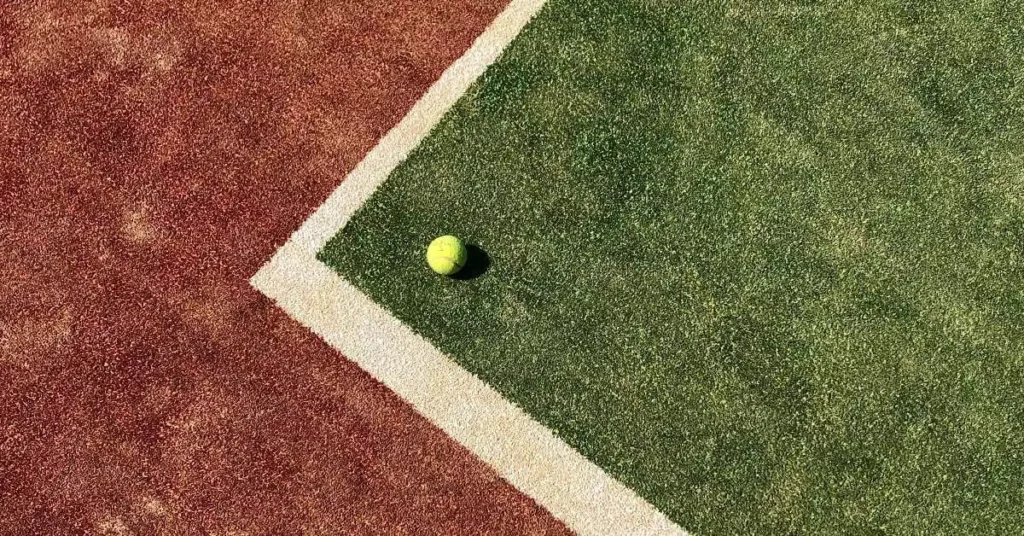
Maintaining other surfaces can be more challenging than maintaining traditional surfaces. For example, carpet courts require frequent vacuuming to remove debris and prevent the fibers from becoming matted. Soft courts can become compressed over time, which can affect the bounce. Artificial clay courts require regular watering to prevent the surface from becoming too hard. Hybrid clay courts require similar maintenance to natural clay courts, including rolling and watering.
Influence of Court Surfaces on Game Play
The type of court surface can have a significant impact on the way a tennis match is played. In this section, we will explore the different effects that court surfaces can have on the game play.
Effect on Serve
The serve is one of the most important shots in tennis, and the type of court surface can greatly affect its effectiveness. On fast surfaces like grass and hard courts, the ball tends to skid and bounce low, making it more difficult for the receiver to return. This gives an advantage to players with big serves like Rafael Nadal and Margaret Court, who can hit the ball harder and faster.
On slower surfaces like clay courts, the ball tends to bounce higher, making it easier for the receiver to return. This can make it more difficult for players with big serves to dominate the match. Players like Björn Borg and Chris Evert, who were known for their consistency and accuracy rather than their power, tended to do well on clay courts.
Effect on Bounce
The bounce of the ball is also affected by the type of court surface. On fast surfaces, the ball tends to bounce low and skid, making it more difficult for the receiver to control. On slower surfaces, the ball tends to bounce higher and slower, giving the receiver more time to prepare their shots.
The amount of spin that a player can put on the ball can also be affected by the type of court surface. On clay courts, the ball tends to grip the surface more, allowing players to put more spin on the ball. This gives an advantage to players like Rafael Nadal, who are known for their heavy topspin shots.
Effect on Player Strategies
The type of court surface can also affect the strategies that players use during a match. On fast surfaces, players tend to use more aggressive tactics, like serving and volleying, to try to end points quickly. On slower surfaces, players tend to use more defensive tactics, like counter-punching, to try to wear down their opponents.
The International Tennis Federation (ITF) has established guidelines for the dimensions of tennis courts, the height of the net, and other factors to ensure consistency across different court surfaces. The four Grand Slam tournaments, which are the most prestigious events in tennis, are played on different court surfaces: the Australian Open is played on hard courts, the French Open is played on clay courts, Wimbledon is played on grass courts, and the US Open is played on hard courts.
Popularity and Distribution of Court Types
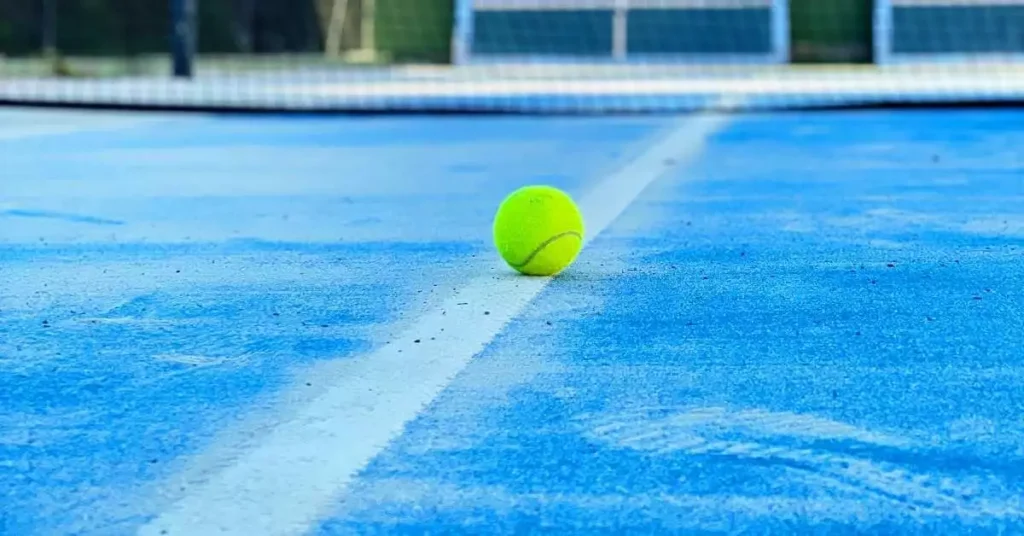
The popularity and distribution of tennis court types vary depending on various factors such as location, climate, and maintenance costs. The three primary types of tennis courts are grass, hard, and clay courts.
Grass courts are the most traditional type of tennis court and were the original surface on which tennis was played. However, due to their high maintenance costs and the fact that they can only be played on in specific weather conditions, they are not as popular as they once were. Wimbledon, the most prestigious tennis tournament in the world, is still played on grass courts, and they remain popular in the UK.
Hard courts, also known as concrete courts, are the most common type of tennis court. They are made of asphalt or concrete and are relatively low maintenance. Hard courts are popular in the US and are used in many professional tournaments, including the US Open.
Clay courts are made of crushed shale, stone, or brick and are popular in Europe and Latin America. They are slower than hard courts and allow for more sliding during play. The French Open, one of the four Grand Slam tournaments, is played on clay courts.
FAQ
What is the difference between grass and hard court tennis?
Grass courts are the fastest surface in tennis, with a slippery surface that allows the ball to generate speed and a low bounce that keeps the ball close to the ground. Hard courts, on the other hand, are medium-paced and provide a consistent bounce. They are made of concrete or asphalt and are the most common type of tennis court.
What are the 4 major tennis tournament surfaces?
The four major tournament surfaces are clay, grass, hard court, and carpet. Clay courts are slow and provide a high bounce, while grass courts are fast and provide a low bounce. Hard courts are medium-paced and provide a consistent bounce. Carpet courts are fast and provide a low bounce, but are rarely used in professional tennis.
What can the different surfaces of a tennis court be?
Tennis courts can be made of a variety of surfaces, including acrylic, asphalt, concrete (called hard courts), artificial clay, clay, hybrid clay (clay courts), artificial grass, grass (grass courts), carpet, and others like wood and tile. Each type of surface has its own characteristics that can significantly impact the style of play and the strategies employed by players.
What is the difference between grass and clay tennis courts?
Grass courts are the fastest surface in tennis, with a slippery surface that allows the ball to generate speed and a low bounce that keeps the ball close to the ground. Clay courts, on the other hand, are slow and provide a high bounce. The soft and slippery surface of clay courts requires players to slide into their shots and can lead to longer rallies.
From clay to grass to hard courts, each surface offers its own unique challenges and advantages. Do you enjoy the slow, sliding movements of clay courts or the fast-paced play on hard courts? We want to hear from you! Share your thoughts and opinions on the topic in the comments section below.

